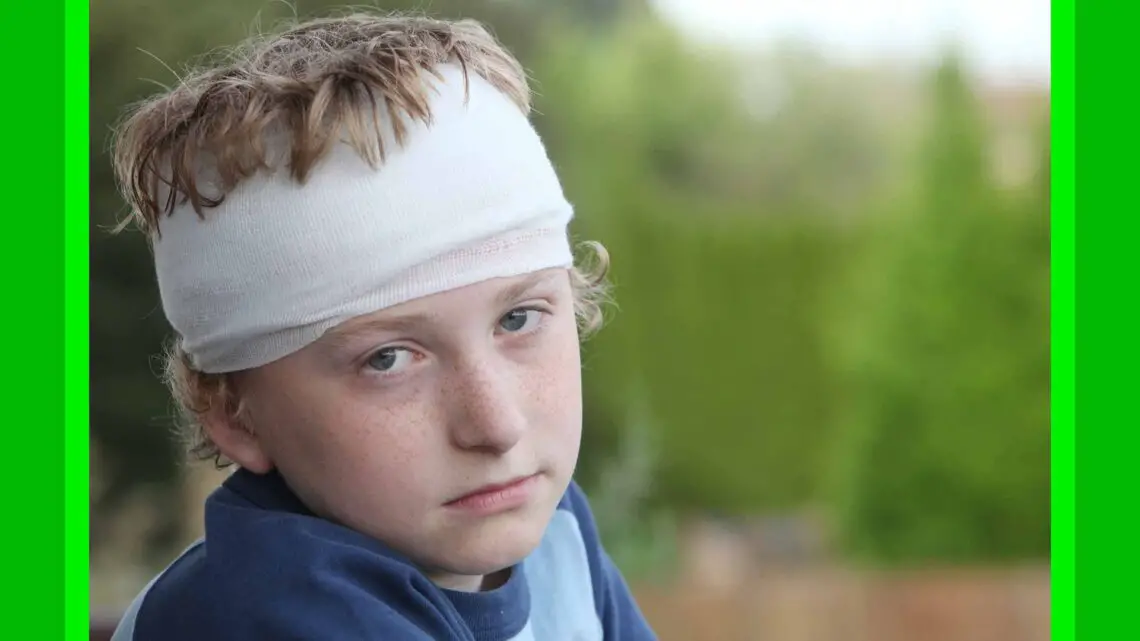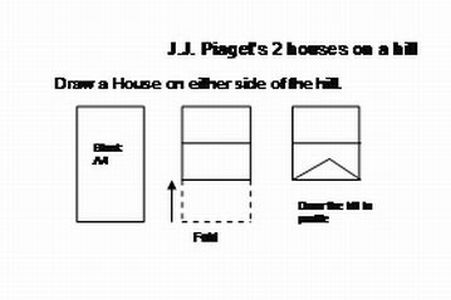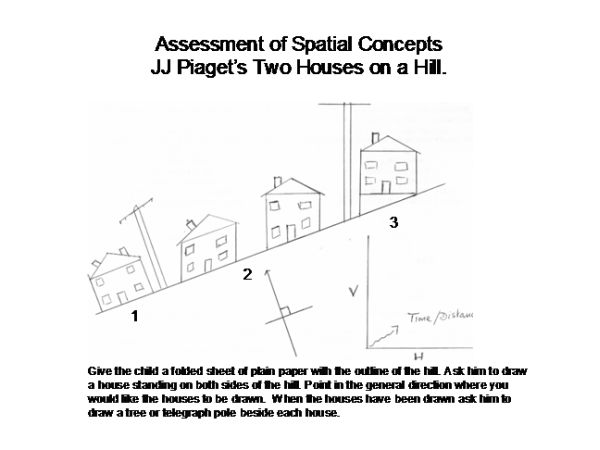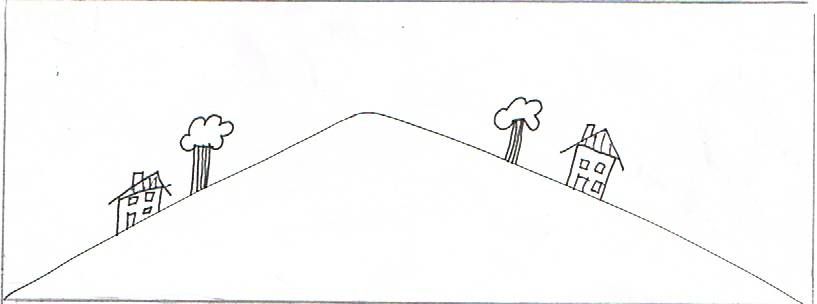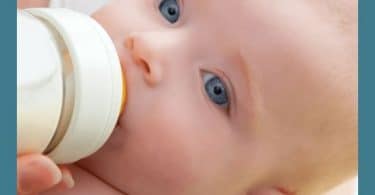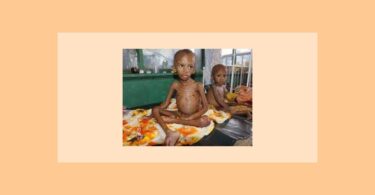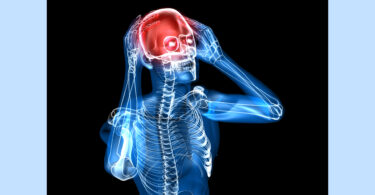I’m sure you have had the experience when a well indicated remedy fails to work and you have distraught parents and a child who is becoming more of a problem. Most children receive the occasional bump to the head and some receive quite serious bumps that can leave them unconscious. Still, X-rays may show nothing so they are sent home with the ‘all clear’. Even when they have experienced nausea, double vision or even comas and been returned to hospital and re X-rayed there is often still no evidence of injury.
There is a simple drawing that may help identify the underlying problem, a maintaining cause, a head injury (Homeopathy Treatment for Head Injury)! Before training in Homoeopathy I worked in what was called an “Observation and Assessment Centre.” Children arrived here from anywhere in the North of the UK, to have a social and educational assessment that would be presented to social workers, teachers and the courts who would then determine their futures. My responsibility was, with little training, to assess the academic status of each child. It became clear that many of these children lacked the basic academic skills necessary to appreciate or succeed at school, so would naturally score low in any test dependent upon an ability to read and write. I set about to develop alternative, child friendly, methods.
One exercise used was taken from the work of Jean Piaget the Swiss Psychologist. It is very simple and you ask a child to draw a house on either side of a hill with a tree standing next to it. From the result one could place the pupil at an intellectual level; i.e. place him at the level of his apparent understanding of what is going on round him. Or, you will be able to explain to those in authority what the child’s level of understanding may be. During the course of testing there were some anomalies; some drew pictures that had different orientations; the orientations should be identical. Investigating these anomalies further, through their medical records, it became apparent that each one had experienced some form of trauma to the head. This type of information was of no interest to anyone at the time.
Then one day when working in a Psychiatric Unit, a 14yr old boy’ described by teachers and social workers as the “epitome of idleness and selfishness” produced the different orientations in his picture. I had tried to explain both the value of knowing a child’s intellectual level and my theory about head injuries, but the nursing staff were far from impressed. The medical records were produced to prove it, but they were incomplete. Because the Unit was expected to hold the full medical records, the staff nurse managed to locate the full report from the cellars, and these confirmed that this boy had had serious head trauma at birth. Later it emerged that his Dad had been brought home by the military for the birth, as serious problems were predicted. How shocked both parents had been by the bruised state of their son’s head at his birth. They had no idea of the paediatrician’s prognosis which could have helped understand and reduce the difficulties they and their son had had to experience later. Furthermore, their son was not expected to live long, but just in case he should reach adolescence, “expert advice might be needed”!
During my Homoeopathic education, I discovered how the skull moves contrary to what I had myself been teaching in Biology. In my training I learned that Natrum sulphricum, and later Cicuta virosa, are the two main remedies for head injuries, so I soon found that the drawings had an additional, useful, function
The Test Method and Procedure
The exercise should be seen as a bit of fun which is not dependant upon academic experience. Draw the hill on a blank sheet of A4 paper. (diag 1) The base should be the width of the sheet, 21cm and the height 5cm approximately. Draw the outline of the hill in front of the child and then pass it to him or her. Then ask the child to “draw a house standing on this side of the hill”, (pointing to one side) and then”can you draw me a house on this side’ (pointing to the other side).
Let the child draw the pictures without interruption and avoid any indications that their production may not be as expected. It will be correct as far as the child is concerned. Then if not already put in, ‘Can you add a door and windows to each house? Finally, “add a tree (or telegraph Pole)beside each house’. These may not be necessary if there are already clear indications of the axes. The primary interest is in the axes, perpendicular, horizontal or vertical axes. Listen to any verbalisation, as some children will find they need to articulate their way through their plan of action and even then, may or may not be able to construct their pictures the way they think they should be. Take note of the motor skills, which though not important in this exercise, can give an insight into the level of writing and motor skills.
The intention of the picture is to investigate a child’s appreciation of spatial concepts. Can he construct a “frame of reference?” Has he the intellectual maturity to locate himself in time and space. Has he sufficient intellectual maturity to be able to recall, with accuracy, events, particularly if emotionally charged, that have taken place around him or her?
The method described here is also used to make a standardisation to the hill, so with practice, one can pick out less obvious inaccuracies. (A 16 year old girl with inveterate eczema and migraine, who said she would try the test as she wanted to become a teacher, had the windows and doors out of sync. When she went to see the OCT, she had “the neck and shoulders” of an old woman. The cause of the tension was a Tooth Brace. When you think of it, the modern brace restricts the movement of the jaw and facial bones! Her skin improved and the migraine departed. Regarding the tooth brace we did not make any connection at the time
Diag 2 shows in essence four stages of development:
1. Concrete thinking. Neither the horizontal nor vertical axis is correct. The picture is drawn in the perpendicular. The child can only deal with what is in front of him and cannot be expected to deal with abstract thinking. Age range (all approximations) 4 to 7yrs.
2. Only some of the vertical axes are correct.
3. The vertical axes are all correct but only a few of the horizontal axes, i.e. the roof is correct. Age range, 6 to 11yrs +.
In levels 2 and 3, the child can only cope with a few abstract ideas at any one time. He may need practical demonstrations accompanied by verbal descriptions to fully understand instructions. He will be capable of coping with only a few hypothetical situations or abstract concepts at one time.
4. At this level the child has drawn correctly both the vertical and horizontal axes. It is now possible for the individual to create the abstract “frame of reference”; he can locate events in time and space and be aware or sensitive to events that are going on around him. Age11yrs+.
It is my belief that from this, one can gain an understanding of the level at which the child is functioning and the way in which he perceives the world. When a 12yr old draws a picture in the level 2 style, he experiences difficulties in understanding much that is going on around him. He gets frustrated because he cannot achieve much pleasure from his studies. This leads to a lack of interest and frustration followed by loss of attention and then the probability of a lost educational or academic opportunity.
The 16 year olds who draw pictures at level 1are concrete thinkers. These individuals frequently become involved in aggressive behaviour ,as this is the way to preserve their sense of identity and to fend off threatening situations. Add this dimension to a disaffected group and the troubles escalate with peer approval.
A similar situation can be with the child who may appear to be articulate but seems unsuccessful in social interactions. Being at level 1, he may only comprehend what is important to himself in the here and now. In the homoeopathic consultation he may mainly offer egocentric emotional or physical symptoms.At level 4 the pupil may be very aware of what is going on, but he could be too sensitive or embarrassed to respond.
A typical case was that of Jack, a twelve-year-old boy on the verge of exclusion from secondary school (in UK) for disrupting classes with comments that entertained and were disruptive to the class and insolence to the teachers. He had attended a small rural primary school and not until the secondary transfer did his mother get any indication that Jack had learning difficulties. There were speech difficulties with frequent headaches that had been put down to domestic upheavals. His mother discovered, at this time, that he was far short of the basic academic skills for secondary education, and yet, fortunately, his teachers believed him to be quite capable. It was discovered that in the primary school Jack was very happy, helping the teacher keep the class tidy, especially when he found the work difficult. The school also knew of the troubles at home.
He lived on a farm and had fallen off bikes, walls, trailers and anything else he could, as children do. But on one occasion, when nine years old, he fell off his bike on the hill and was knocked unconscious. Mum took him to hospital but he was discharged after X-rays showed nothing. That night he became nauseous and very sick; his mother took him straight back to the hospital whence he was again sent him home after more X-rays that showed nothing.
At that first consultation I forgot to ask for the pictures and then, over the next few days, wondered whether or not to get them. Jack had been prescribed Natrum sulph 200 and a week later Baryta carb 200,(for delayed development) both split doses. His mum phoned a week later, relieved as all was going well. Jack was back in school and the concerns for the behavioural problems were greatly reduced. The following week she phoned frantically to say that his behaviour had deteriorated and was as bad as ever. She brought him straight down and before we talked about the crisis he sat down to draw the pictures. Jack then produced the pictures with the dissimilar orientations of the axes, (diag 3).
As he drew the pictures I casually asked him how he could cause so much trouble when answering the teachers’ questions. He replied, to my surprise, that he had two answers: One was a sensible response and the second a response that he knew would entertain the class! The full extent of the events surrounding the head injury were then described by his mother, and she also told me of a hospitalisation for suspected meningitis at eight months. The same two remedies were repeated and an appointment was arranged to see a Cranial Osteopath who reported as follows:
‘On assessing the child’s cranial mechanism, it became apparent that there was a strain to the left temporal bone. There was also a compression strain through the cranium with tightness in the body’s connective tissue. These findings could be linked to his fall and were probably complicated by the meningitis he contacted at eight months and the various ENT conditions in his early childhood. Treatment was aimed to encourage the mobility of the various cranial bones, release the tension through the connective tissues and improve the general fluidity of his body’.
Jack had 4 visits to the Osteopath and I maintained the Baryta carbonicum, 200C once a fortnight, for 2 months. The headaches went away, the schoolwork improved and he was no longer a problem in school. His outlook upon life also matured considerably. The last I heard as I left the UK was he had become somewhat of a model pupil, studying hard and leading a happy active life.
Here in Ireland I have continued with the practice and when there are the anomalies, I refer the child on to an Osteopath or Chiropractor with cranial experience. Our Occipital Cranial Therapist could tell whether or not the child (or adult) has been given Natrum sulph, as it seems to help reduce the tensions in the head.
The results have generally been well received. I have asked for the drawings and then been able to explain what the problem could be, or that the child had received a trauma to the head. Of course some parents are horrified that they had not known of an accident when a child explains what had happened. How many adults, when young, had accidents and never told their parents! I upset one young lady who was having painful headaches at the end of the school day. The parents demanded that I see her on a Saturday, being the only day that fitted her tight schedule. She sat down at the desk and completed the drawings. Yes, she had a problem, but did she want to do anything about it? Not now! Why? She had just come from the opticians and was very proud of her brand new and, as I was informed, very expensive set of designer glasses. Everything has its time! Since then I generally ask children (6-14yrs) to make the drawings, as it is a quick way to see if there is any head injury or the intellectual level at which he/she may be functioning.
Another useful remedy for head injuries is Cicuta virosa, especially where social isolation has been an issue. I recall two cases, though of adults. The first was a 23 year old man who had been working in a supermarket. He had been knocked unconscious when someone had pushed the wrong swing doors. The casualty had been hit full on and he was out cold for ten minutes. After the usual medical checks, he was pronounced okay and expected to continue at work, which he did. A few months down the line he became very aggressive and violent. His brother encouraged him to attend our clinic and I found that his case fitted Cicuta. He was amazed, especially at the social isolation which had become a big part of his problem. Cicuta 200, am and pm for 3 days (I had progressed to this procedure) and his life changed within a few days!
The second case, also male, had become involved in an abusive situation from about the age of 10yrs. A man took advantage of this lonely young boy and groomed him for his own purposes. When did his social isolation start? After falling off his bike and landing on his head at the age of 8yrs. After the remedy he certainly saw life differently and has gradually taken control of his life again.
Another useful tool to understanding the perceptions and intellectual maturity of a child would be through their drawings, in particular through the work of Goodenough and the drawing of a man. This gives an Experiential Quotient which compared well with any of the traditional IQ tests. It was often more reliable as the exercise would be conducted as a bit of fun, rather than the formality surrounding an IQ test.
Diag 1
Diag 2
.
Diag 3.
Useful References
Any of the work by J.J.Piaget
Children’s Drawings as measures of Intellectual Maturity.
Dale B Harris – Pennsylvania State University.

